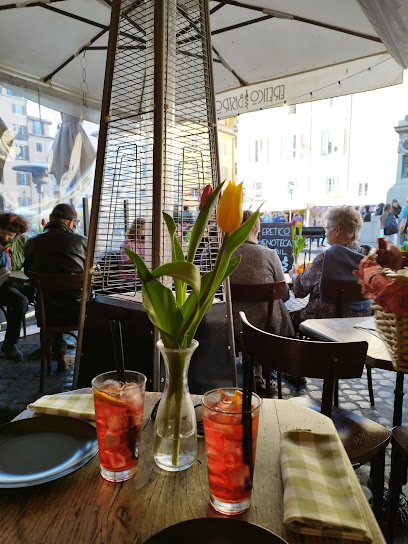
The Historic Charm of Monte Testaccio
Discover the historic Monte Testaccio, a remarkable man-made hill in Rome, showcasing the city's ancient trade history and offering stunning views.
Monte Testaccio, a fascinating historical landmark in Rome, offers visitors a unique glimpse into the city's ancient past. This remarkable hill, formed from discarded amphorae, stands as a testament to Rome's rich trade history and cultural evolution. As you explore this captivating site, be prepared to uncover stories of the past while enjoying stunning views of the surrounding area.
A brief summary to Monte Testaccio (detto Monte dei cocci)
- Via Nicola Zabaglia, 24, Rome, Metropolitan City of Rome Capital, 00153, IT
- Visit website
- Monday 9 am-7 pm
- Tuesday 9 am-7 pm
- Wednesday 9 am-7 pm
- Thursday 9 am-7 pm
- Friday 9 am-7 pm
- Saturday 9 am-7 pm
- Sunday 9 am-7 pm
Local tips
- Visit early in the morning or late in the afternoon for a quieter experience and better lighting for photos.
- Wear comfortable shoes, as the terrain can be uneven and requires some walking.
- Bring a picnic to enjoy at the top while taking in the beautiful views of Rome.
- Check local events, as Monte Testaccio occasionally hosts cultural activities and exhibitions.
- Explore the nearby neighborhood of Testaccio for authentic Roman dining options after your visit.
Getting There
-
Metro
Start your journey by taking the Metro Line B at any station in Rome. If you are near the Termini station, you can board the Metro B in the direction of Laurentina. Disembark at the Piramide station. This station is close to Monte Testaccio.
-
Walking
Once you exit the Piramide station, head towards the large pyramid structure (Piramide di Caio Cestio). From there, walk along Via dei Monte Testaccio, which will lead you directly to Monte Testaccio. The walk should take about 10-15 minutes.
-
Bus
Alternatively, after exiting the Piramide Metro station, you can catch bus number 3 or 23 from the bus stop near the station. Get off at the 'Piazza di Santa Maria in Trastevere' stop. From there, it's a short 10-minute walk to Monte Testaccio. Just head down Via Nicola Zabaglia, and you will arrive at your destination.
Discover more about Monte Testaccio (detto Monte dei cocci)
Iconic landmarks you can’t miss
Church of Saint Mary 'Liberatrice'
0.4 km
Explore the tranquil beauty of the Church of Saint Mary 'Liberatrice' in Rome, a serene retreat amidst the city's rich history and vibrant culture.
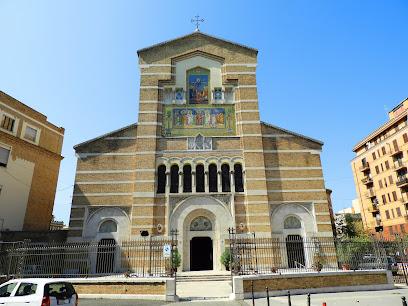
Piazza del Gazometro
0.7 km
Discover the unique charm of Piazza del Gazometro in Rome, where history meets modern culture amidst iconic architecture and vibrant local life.
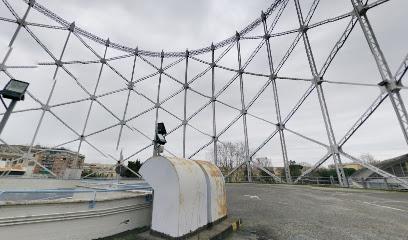
Porta Portese
0.9 km
Explore Porta Portese, Rome's historic open-air market, where you can find vintage treasures, local delicacies, and the true spirit of Italian culture.
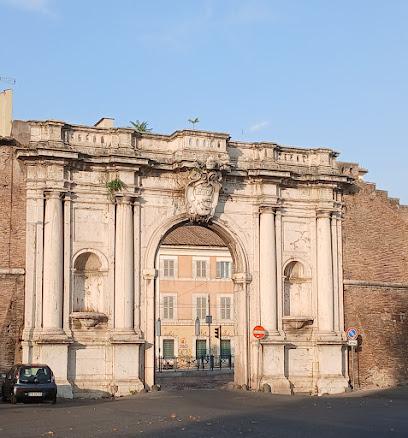
Giardino degli Aranci
1.1 km
Explore the tranquil beauty of Giardino degli Aranci, a serene garden in Rome offering stunning views and fragrant orange trees amid historic charm.
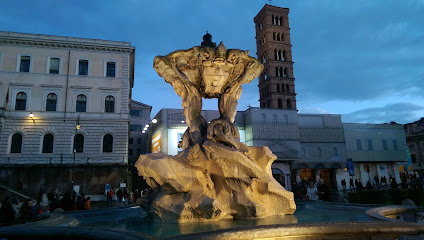
Basilica of Saint Cecilia in Trastevere
1.2 km
Explore the Basilica of Saint Cecilia in Trastevere, a stunning blend of art, history, and spirituality in the heart of Rome's charming neighborhood.
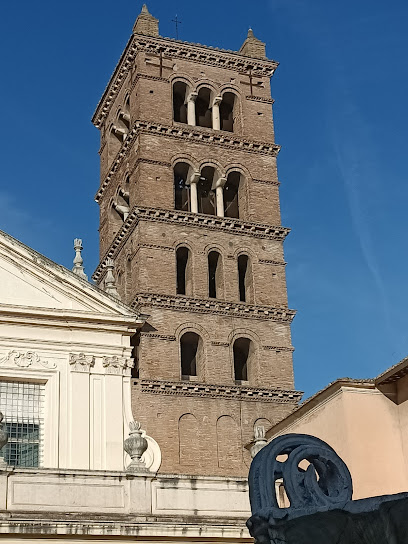
Piazza di Santa Cecilia
1.2 km
Explore the serene beauty of Piazza di Santa Cecilia, a historical square in Rome, rich in culture, art, and culinary delights.
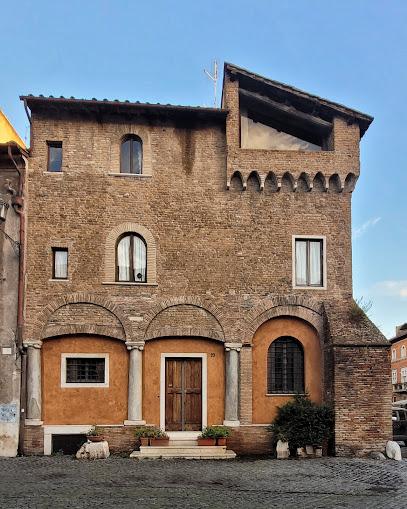
Via Roma Libera
1.2 km
Explore the vibrant Via Roma Libera in Rome, where history meets modern charm, and indulge in authentic Italian culture and cuisine.

Piazza Mastai
1.3 km
Explore the enchanting Piazza Mastai in Rome, a picturesque plaza filled with history, culture, and local flavors.
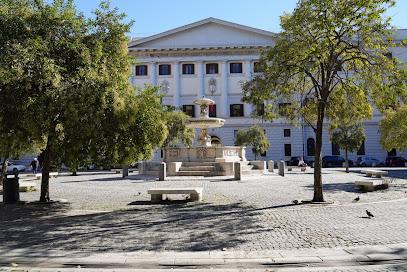
Piazzale Ugo La Malfa
1.3 km
Discover the enchanting views and serene atmosphere of Piazzale Ugo La Malfa, a must-visit square in the heart of Rome for every traveler.

Piazza di S. Cosimato
1.3 km
Discover the vibrant atmosphere of Piazza di S. Cosimato, a charming square in Rome perfect for savoring authentic cuisine and local culture.
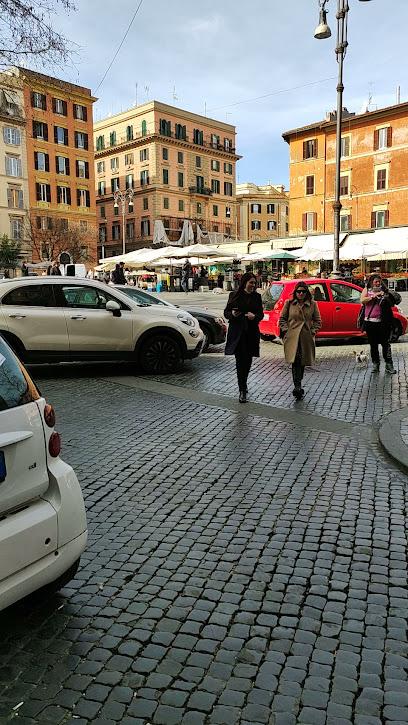
Lungotevere Ripa
1.4 km
Experience the beauty of Lungotevere Ripa, a scenic riverside promenade in Rome, blending history, culture, and delightful Italian cuisine.
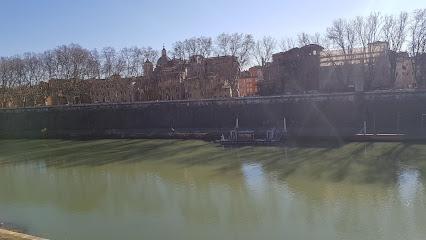
Unmissable attractions to see
Monte Testaccio
0.1 km
Discover Monte Testaccio, a fascinating man-made hill in Rome, rich in history and offering stunning views of the Eternal City.
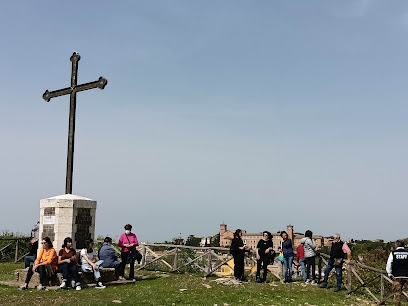
circo massimo
0.1 km
Explore Circo Massimo, Rome's ancient circus, and immerse yourself in the history of epic chariot races and Roman spectacle.
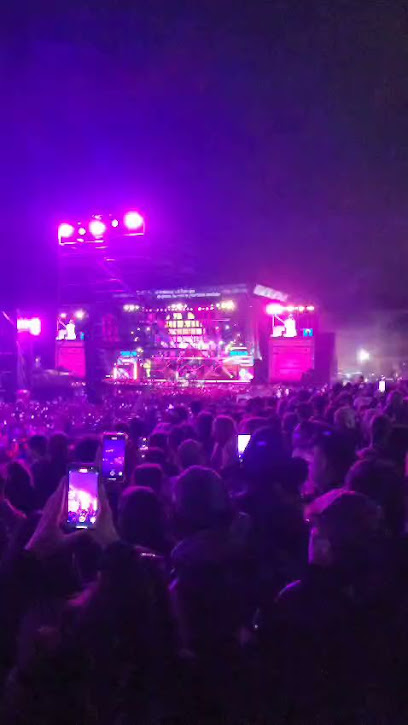
Teatro di Documenti
0.1 km
Discover the captivating performances of Teatro di Documenti, a hidden gem in Rome's vibrant arts scene, offering an intimate theater experience.
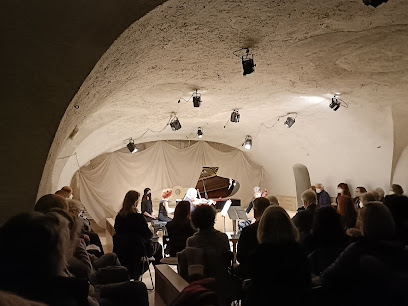
Mattatoio
0.2 km
Explore the Mattatoio, Rome's vibrant modern art museum and performing arts theater, where contemporary culture meets historical significance.
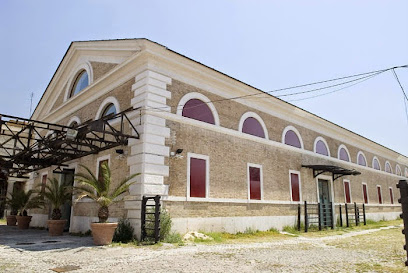
Testaccio Estate
0.2 km
Discover the serene charm of Testaccio Estate, a tranquil garden oasis in the heart of Rome, perfect for relaxation and nature appreciation.
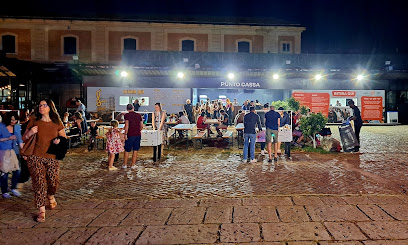
Testaccio market
0.2 km
Discover Testaccio Market, a vibrant Roman marketplace offering fresh local produce, delicious street food, and a taste of authentic Italian culture.
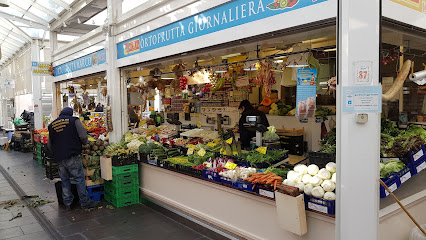
Rome War Cemetery
0.2 km
Explore the serene and poignant Rome War Cemetery, a tribute to bravery and sacrifice nestled in the heart of Italy's historic capital.
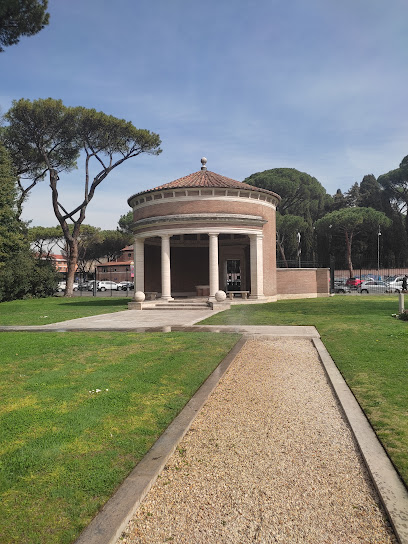
Concept Image
0.3 km
Experience ultimate relaxation and rejuvenation at Concept Image Hammam in Rome – a perfect wellness getaway for tourists.
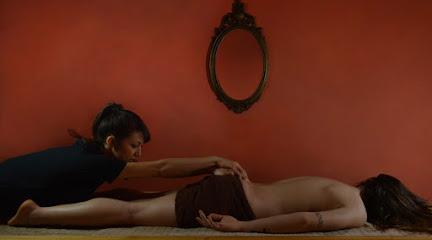
Pasticceria Linari
0.4 km
Discover the authentic taste of Rome at Pasticceria Linari, where exquisite pastries and delightful gelato await every visitor.
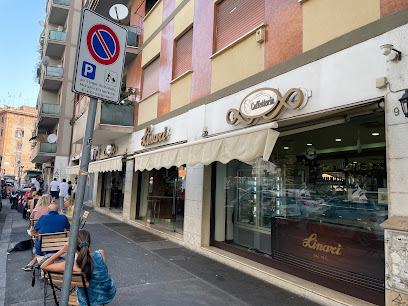
Non-Catholic Cemetery
0.4 km
Discover the serene beauty and rich history of Rome's Non-Catholic Cemetery, the resting place of many notable figures amid lush gardens and artful tombs.
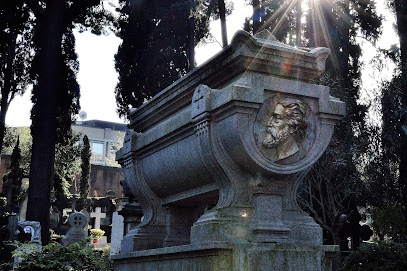
Ponte Testaccio
0.4 km
Explore the beautiful Ponte Testaccio in Rome, where history meets modernity along the scenic Tiber River.
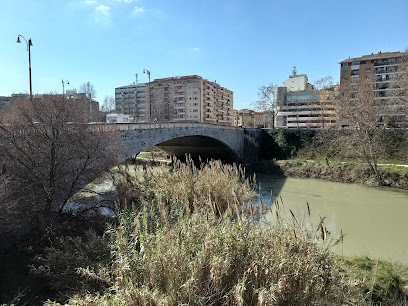
Piazza Testaccio
0.4 km
Experience the authentic flavors and vibrant culture of Rome at Piazza Testaccio, where culinary delights and local traditions come alive.
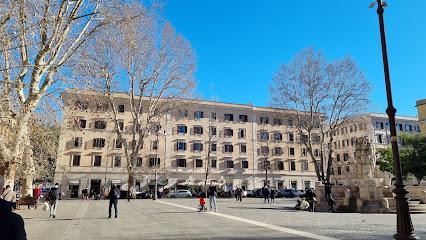
Lungotevere Testaccio
0.4 km
Discover Lungotevere Testaccio, a beautiful riverfront area in Rome blending history, culinary delights, and stunning views along the Tiber River.
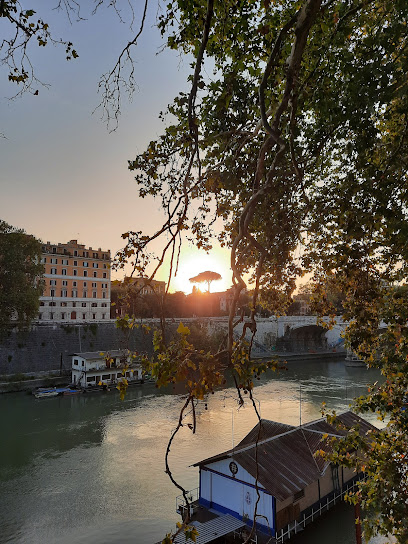
Fontana delle Anfore (Fountain of the Amphoras)
0.4 km
Discover the beauty and history of the Fontana delle Anfore, a stunning fountain in Rome's vibrant Testaccio district, where culture meets charm.

Pyramid of Caius Cestius
0.5 km
Experience the stunning Pyramid of Caius Cestius, an iconic symbol of Rome's ancient history and architectural brilliance.

Essential places to dine
Ristorante Apuleius
1.0 km
Experience exquisite Italian cuisine at Ristorante Apuleius - where tradition meets modern elegance in the heart of Rome.
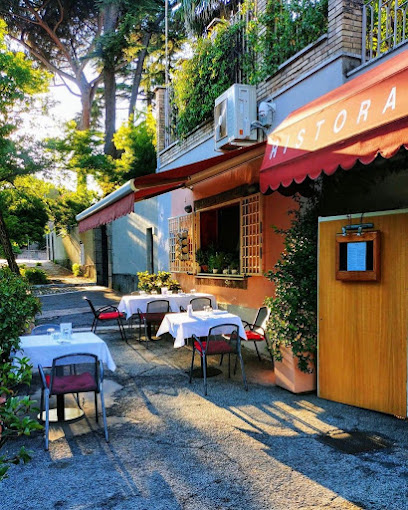
Roma Sparita
1.3 km
Experience authentic Roman cuisine at Roma Sparita in Trastevere—home to iconic dishes like Cacio e Pepe amidst charming surroundings.
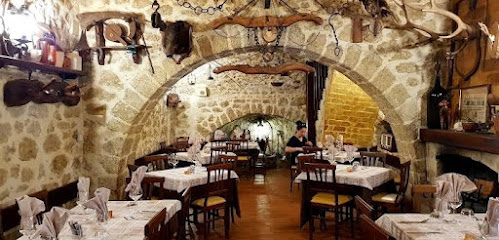
Rione 13 Ristorante
1.3 km
Experience authentic Roman cuisine at Rione 13 Ristorante – where every bite tells the story of Italy's rich culinary heritage.
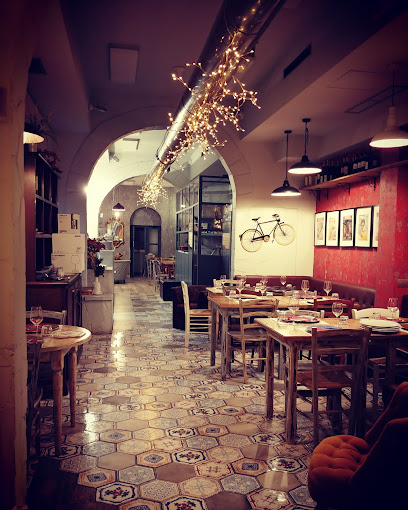
Da Nina a Trastevere
1.3 km
Discover authentic Sicilian cuisine at Da Nina a Trastevere—where every dish tells a story in the heart of Rome.
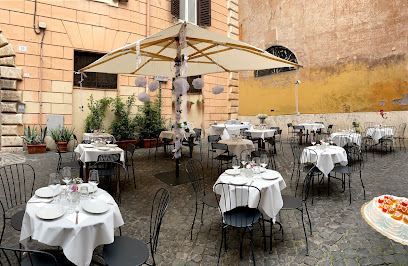
Da Vittorio a Trastevere
1.4 km
Experience authentic Roman flavors at Da Vittorio a Trastevere, where every pizza tells a story and every meal is a celebration.
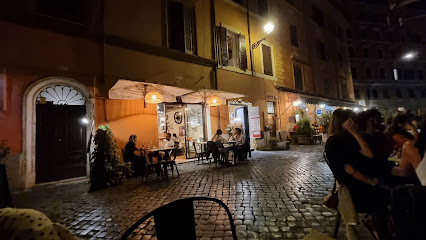
Ristorante Puntarella
1.5 km
Experience authentic Roman cuisine at Ristorante Puntarella – where tradition meets taste in the heart of Rome.
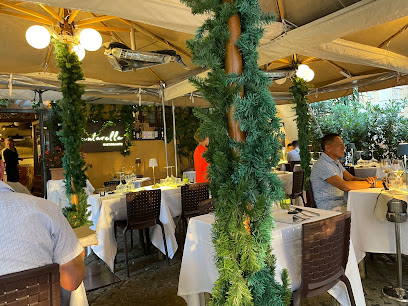
Nannarella
1.5 km
Experience authentic Roman cuisine at Nannarella in Trastevere - where tradition meets flavor in every dish.
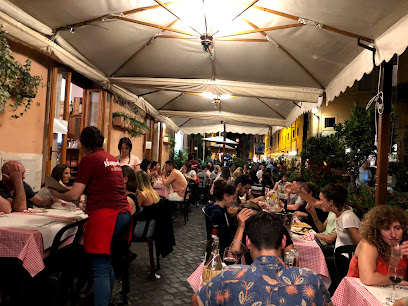
Ristorante Ad hoc
1.5 km
Experience authentic Italian cuisine at Ristorante Ad hoc in Rome – where every meal is a celebration of flavor and tradition.
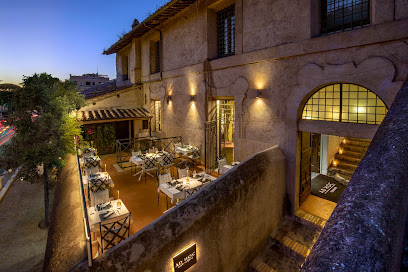
Tonnarello
1.6 km
Discover authentic Italian flavors at Tonnarello in Rome – where tradition meets taste in every delightful dish.
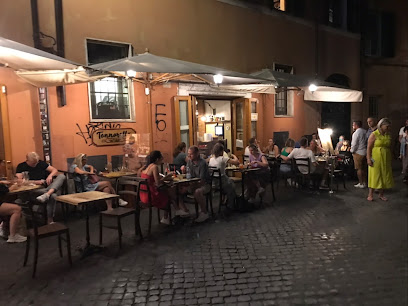
Otello
1.7 km
Experience the rich flavors of Italy at Otello, where authentic cuisine meets warm hospitality in the heart of Trastevere.
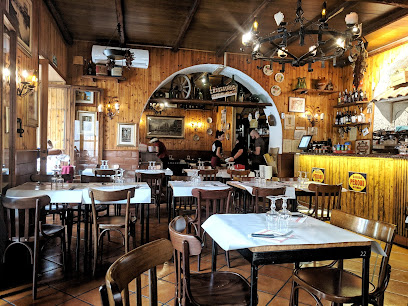
Il Duca in Trastevere
1.7 km
Discover authentic Italian cuisine at Il Duca in Trastevere - a culinary gem offering delightful dishes amidst Rome's charming streets.

Unique Al Palatino Garden Restaurant
1.7 km
Experience authentic Italian cuisine amidst lush gardens at Unique Al Palatino Garden Restaurant in Rome.
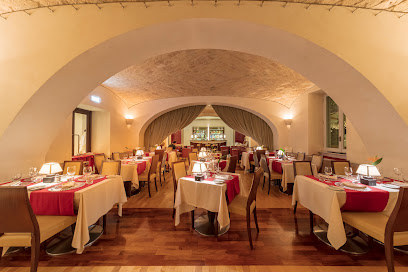
Antico Moro
1.7 km
Experience authentic Italian cuisine at Antico Moro in Rome—where every dish tells a story of tradition and flavor.
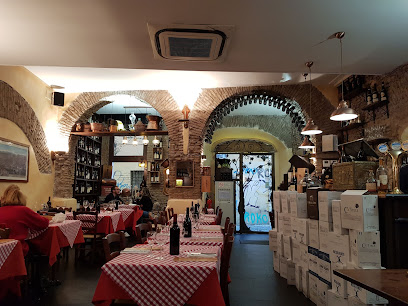
Tonnarello Scala
1.7 km
Experience authentic Roman cuisine at Tonnarello Scala – where traditional flavors meet modern elegance in a charming setting.
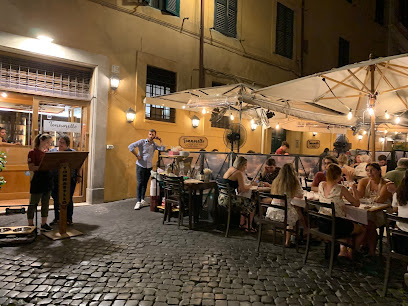
In Roma - since 1917
1.8 km
Discover authentic Italian flavors at In Roma - where tradition meets culinary excellence in the heart of Rome.
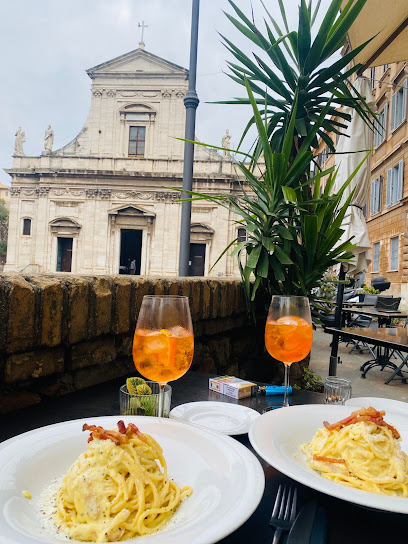
Markets, malls and hidden boutiques
SHOP IN LONDON
0.5 km
Explore a vintage clothing store in Rome, where every piece is a unique treasure, perfect for style seekers and fashion lovers.

Roma Vintage Boutique
0.5 km
Explore unique vintage women's clothing and immerse yourself in the charm of Rome at Roma Vintage Boutique, a must-visit for fashion lovers.

Castellese Concept Store - Trastevere
0.7 km
Discover unique clothing, handbags, and accessories at Castellese Concept Store in Trastevere, Rome's vibrant shopping destination.

Vintage by RETRO - BEST Vintage STORE Rome - SecondHand - VINTAGE Sneakers - USED CLOTHING - Thrift SHOP - Vintage a ROMA
1.2 km
Explore sustainable fashion at Vintage by RETRO - Rome's premier vintage clothing store for unique finds and retro style.

Handmade
1.2 km
Explore 'Handmade' in Rome: A unique gift shop featuring stunning handmade jewelry and exquisite glassware, perfect for memorable souvenirs.
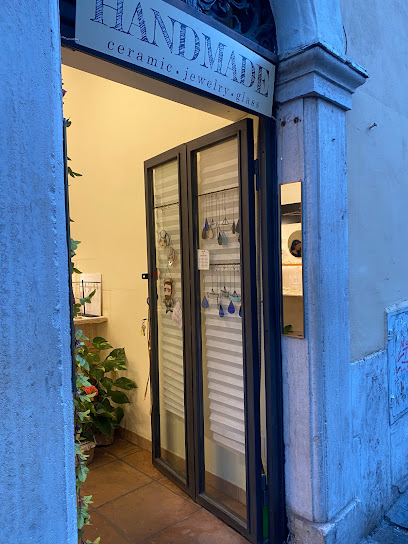
Elvis Lives Trastevere
1.3 km
Discover unique fashion and accessories at Elvis Lives Trastevere, a treasure trove of local culture in the heart of Rome's vibrant district.
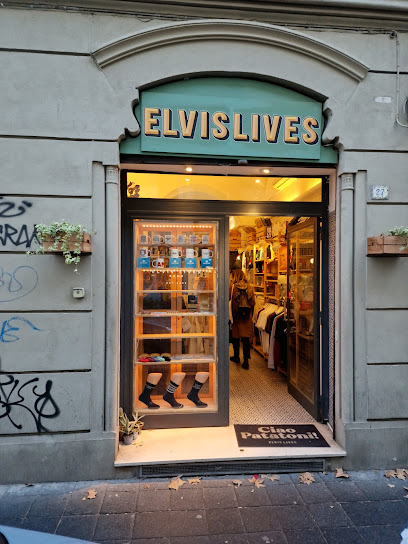
Twice Vintage Shop
1.4 km
Explore Twice Vintage Shop in Rome for unique vintage clothing and eco-friendly fashion treasures that tell a story.

Open Door Bookshop
1.5 km
Discover the charm of Rome through literature at Open Door Bookshop, a cozy haven for book lovers in the heart of Trastevere.
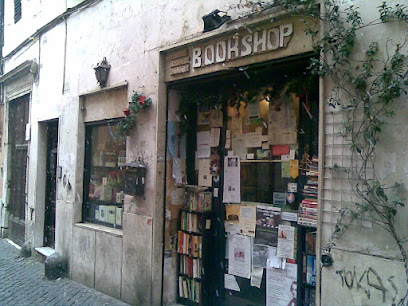
M Delavari Pelletteria Roma
1.5 km
Explore exquisite Italian leather craftsmanship at M Delavari Pelletteria in Rome, offering handcrafted bags, wallets, and accessories for discerning travelers.
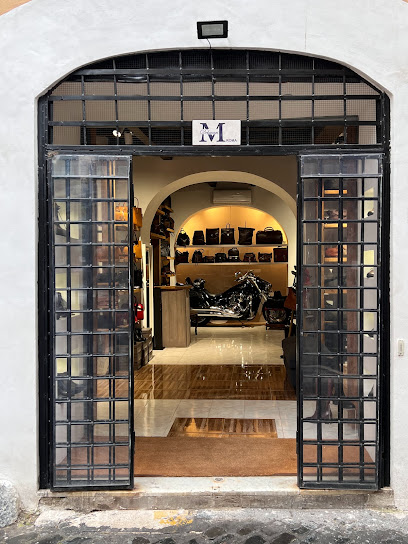
Carlo Cecchini Designer
1.5 km
Explore the exquisite handbags and shoes at Carlo Cecchini Designer, a fashion boutique that captures the essence of Italian craftsmanship in Rome.

Amor Roma gift shop
1.5 km
Explore Amor Roma Gift Shop: Your go-to destination for unique souvenirs and gifts that embody the spirit of Rome.

Trastevere Store
1.5 km
Explore Trastevere Store, where Roman style meets contemporary fashion in the heart of Trastevere, Rome's most charming neighborhood.
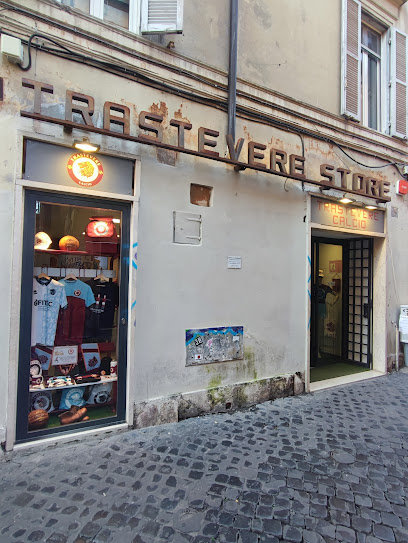
Sportmania Di Mirko La Rosa
1.6 km
Explore Sportmania Di Mirko La Rosa in Rome for top-notch sporting goods and expert advice, perfect for athletes and sports lovers alike.
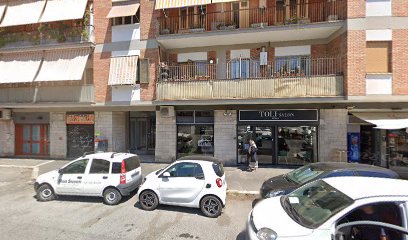
Mibo Trastevere - The Super Very Bellissimo store
1.7 km
Explore Mibo Trastevere, your one-stop gift shop for unique souvenirs and artisanal treasures in the heart of Rome's charming Trastevere district.

Beija Flor
2.1 km
Explore the elegance of Italian fashion at Beija Flor, a charming women's clothing boutique in Rome, where unique styles meet quality craftsmanship.

Essential bars & hidden hideouts
L’Oasi della Birra
0.5 km
Discover the authentic taste of Italy at L’Oasi della Birra, a charming wine bar in Rome's vibrant Testaccio district, perfect for wine and beer lovers.
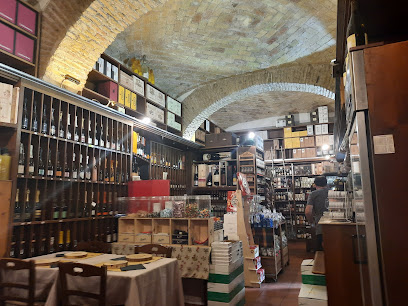
404 Name Not Found
1.3 km
Experience the vibrant cocktail culture at 404 Name Not Found Cocktail Bar, a stylish gem in the heart of Rome, perfect for unwinding and socializing.
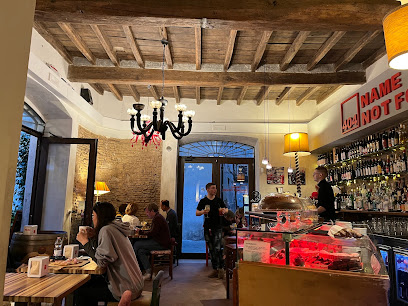
The Hole Trastevere
1.4 km
Discover the vibrant nightlife of Trastevere at The Hole, a cocktail bar blending creative drinks and local culture in the heart of Rome.
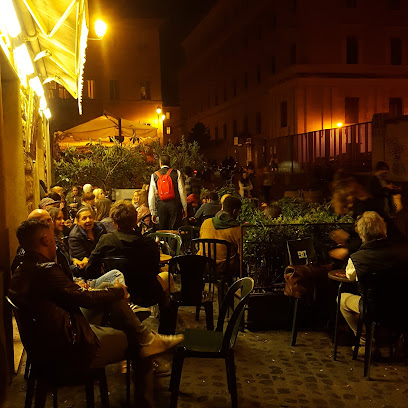
Bar San Calisto | Roma
1.5 km
Experience the authentic Roman atmosphere at Bar San Calisto, a local favorite in Trastevere offering affordable drinks and a vibrant ambiance.
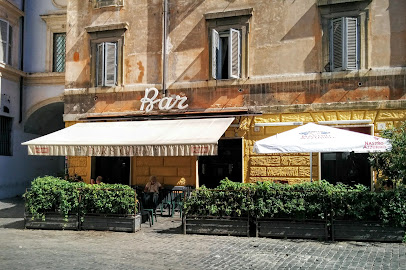
Almalu Trastevere
1.7 km
Discover the lively spirit of Almalu Trastevere, where creative cocktails and a vibrant atmosphere create unforgettable evenings in the heart of Rome.
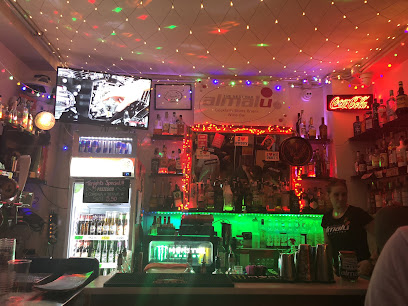
Caffé del Cinque
1.7 km
Discover the charm of Caffé del Cinque, a cozy bar in Rome offering exquisite wines and authentic Italian flavors in a picturesque setting.
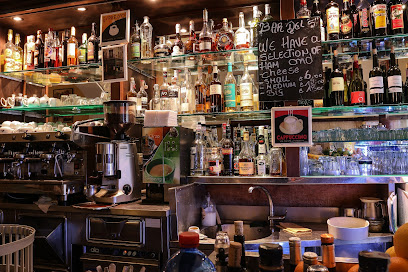
FRENI E FRIZIONI
1.7 km
Discover Freni e Frizioni, Rome's iconic cocktail bar known for its innovative drinks and vibrant atmosphere, perfect for a night out in the Eternal City.
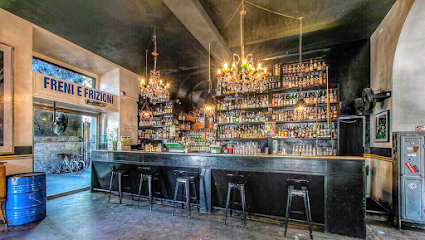
Big Hilda Public Bar
1.7 km
Discover the vibrant ambiance at Big Hilda Public Bar, a must-visit pub in Rome for an authentic local experience and delightful drinks.
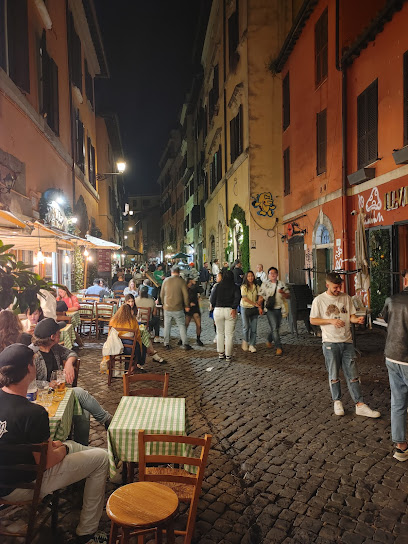
Mr. Brown Pub
1.7 km
Experience the vibrant atmosphere at Mr. Brown Pub, a must-visit spot for tourists in Rome, offering local drinks and delicious bites.
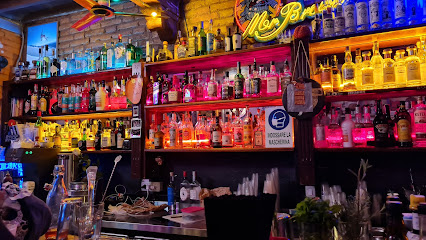
Bar Meccanismo
1.8 km
Discover Bar Meccanismo: where traditional Italian café culture meets the vibrant nightlife of Rome, in the heart of Trastevere.
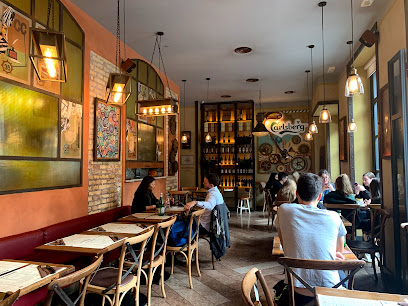
Ma Che Siete Venuti A Fà
1.8 km
Experience the vibrant atmosphere and diverse beer selection at Ma Che Siete Venuti A Fà, one of Rome's top beer halls and pubs.
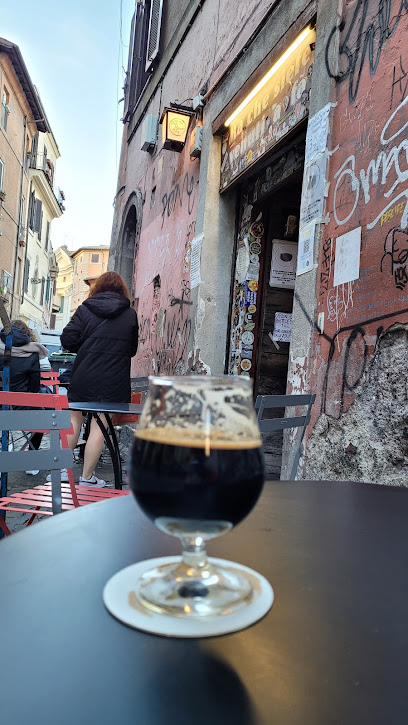
Essenza Wine Bar Trastevere
1.8 km
Discover the essence of Italian wine and cuisine at Essenza Wine Bar in the heart of Trastevere, Rome's charming district.
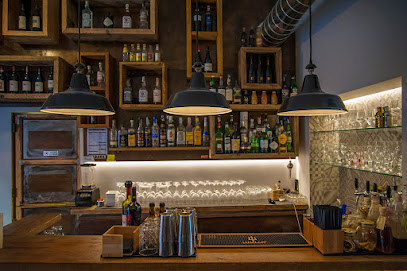
Totem Garden Bar
2.1 km
Discover the vibrant atmosphere of Totem Garden Bar in Rome, where relaxation meets local culture in a stunning garden setting.
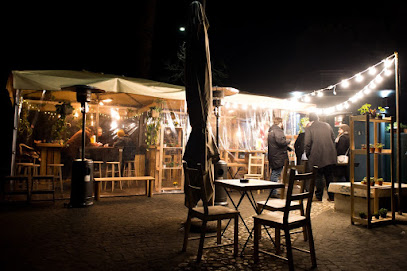
Otivm Roof Bar
2.1 km
Discover the enchanting Otivm Roof Bar, where exquisite cocktails meet breathtaking views in the heart of Rome's vibrant nightlife.
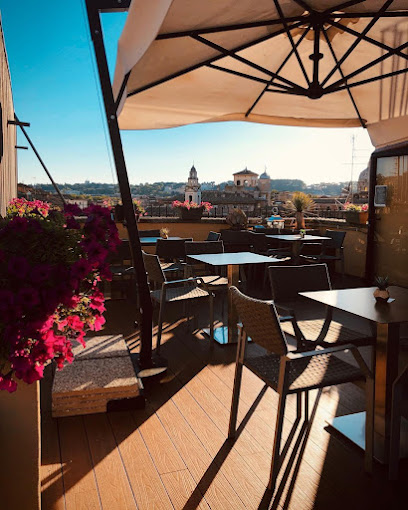
Eretico bistrot
2.2 km
Experience the vibrant nightlife of Rome at Eretico Bistrot, where creative cocktails and a lively atmosphere come together in the heart of Campo de' Fiori.
